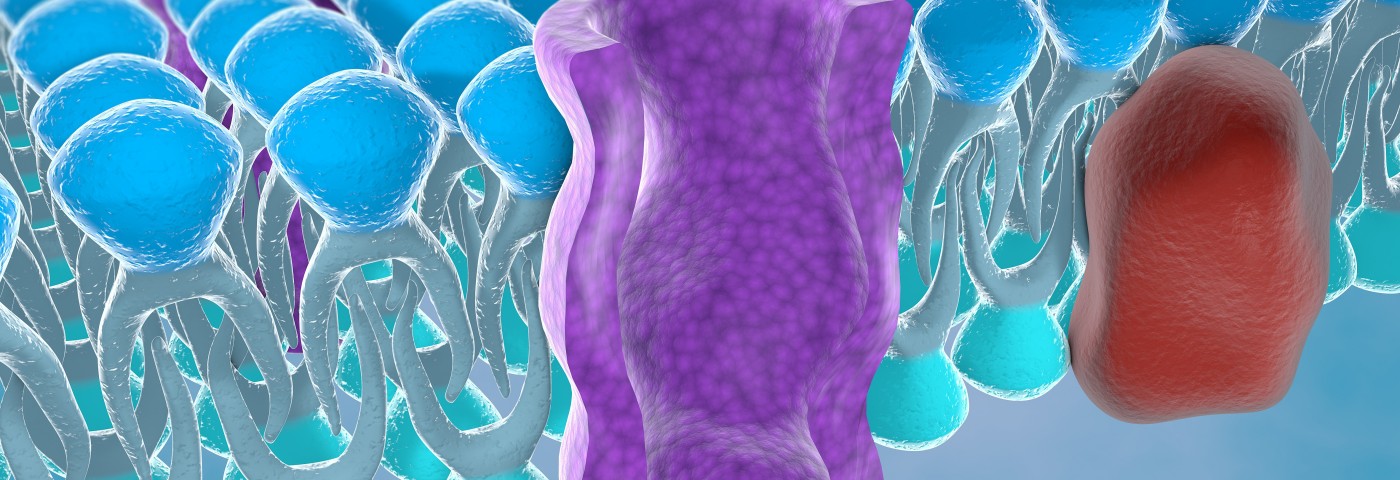A recent study has found that the cell membrane-bound water channel Aquaporin 5 (AQP5) is involved in the implantation of endometriotic cells in ectopic sites, an insight that could help scientists better understand what causes the disease and how to treat it. The research, detailed in a paper titled “Aquaporin 5 Plays a Role in Estrogen-Induced Ectopic Implantation of Endometrial Stromal Cells in Endometriosis,“ also found that AQP5 levels in endometrial tissue were dependent on estrogen.
The study, the first to demonstrate that AQP5 is involved in endometriosis, was published in the journal PLOS ONE by Xiu Xiu Jiang and colleagues from the Zhejiang and Ningbo Universities, China.
Two other aquaporins are known to be regulated by the reproductive hormones progesterone and estrogen. Previous studies have indicated that AQP5 might be involved in endometriosis pathology since it is found in ectopic endometriotic cells, and the levels of the protein also follow the menstrual cycle. However, to date, there has been no experimental evidence of AQP5 involvement in endometriosis.
Researchers investigated the link between estrogen and AQP5 in cultured cells acquired from 20 patients. When treating the cultured cells with estrogen, they observed an increase in AQP5 protein levels. Using a combination of bioinformatics and experimental approaches, they could also identify an estrogen response element in the promoter region of AQP5. Response elements are stretches of DNA in the region controlling the expression of a gene, where specific factors can bind and alter a gene’s transcription.
Using mouse models in which the AQP5 gene was incapacitated, the team also demonstrated that AQP5 was involved in the propagation and invasion of endometriosis cells in ectopic tissue. These AQP5 properties were mediated by the PI3K/AKT pathway — a cellular signaling pathway regulating numerous cellular processes. Both AQP5 and the PI3K/AKT pathway are also involved in cancer, likely contributing to the migratory properties of metastatic tumors.
As a final proof of concept, the team also showed that AQP5 mediated the implantation of the endometriotic tissue at ectopic sites when mice were treated with estrogen.
The team suggests that other factors in addition to estrogen, such as progesterone, could be involved in the regulation of AQP5 in endometriosis. The authors hope that the results lead to the exploration of endometriosis drugs targeting aquaporins.

